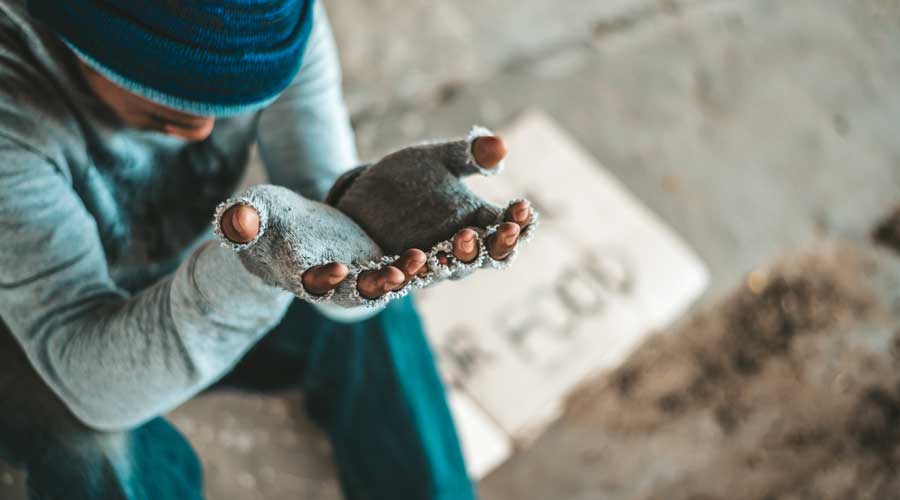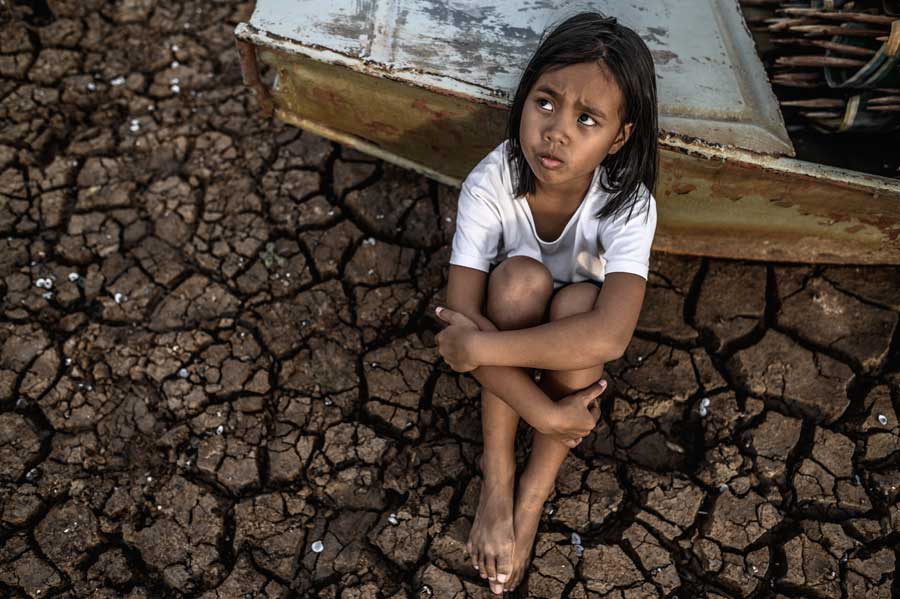Introduction Unemployment is a big problem in India. After poverty, it is the second most…

Poverty in India – The Most Common Social Issue and Its Solutions
Introduction
Poverty remains the most pervasive social issue in India, casting a long shadow over the nation’s progress. As of June 28, 2025, millions of Indians continue to live below the poverty line, grappling with inadequate access to basic necessities like food, shelter, and healthcare. This article explores the depth of poverty in India, its underlying causes, and comprehensive solutions to address this enduring challenge, drawing on insights from government initiatives, NGO efforts, and global best practices.
Understanding Poverty in India
Poverty in India is a multifaceted problem, affecting approximately 16% of the population, or over 200 million people, according to recent estimates from the World Bank. This figure highlights the stark contrast between India’s economic growth and the persistent deprivation faced by its citizens. Rural areas bear the brunt, with 70% of the poor residing in villages, where lack of infrastructure and job opportunities exacerbates the issue. Urban poverty, marked by sprawling slums, adds another layer, with cities like Mumbai and Delhi witnessing significant disparities.
The causes are deeply rooted. Unequal distribution of wealth, low agricultural productivity, and limited access to education and healthcare perpetuate the cycle. Unemployment, particularly among the youth, and the lingering effects of the caste system further entrench poverty, limiting social mobility. Climate change and natural disasters, such as floods in Assam or droughts in Rajasthan, also disproportionately impact vulnerable communities, pushing them deeper into poverty.
The Impact of Poverty
The consequences of poverty are far-reaching. Malnutrition affects nearly 35% of children under five, as reported by the National Family Health Survey, leading to stunted growth and poor health outcomes. Lack of education traps generations in low-income jobs, while inadequate healthcare access results in preventable deaths. Socially, poverty fuels crime, gender inequality, and child labor, creating a vicious cycle that hinders national development. For an NGO like Shaksham Foundation in Ahmedabad, understanding these impacts is crucial to tailoring effective interventions.
Comprehensive Solutions to Combat Poverty
Addressing poverty requires a concerted effort from government, civil society, and international partners. Here are detailed solutions to tackle this issue:
-
Enhancing Education Access
Education is a powerful tool to break the poverty cycle. The government’s Sarva Shiksha Abhiyan and the Right to Education Act have increased school enrollment, but quality remains a challenge. Solutions include building more schools in rural areas, training teachers, and providing free educational resources. NGOs can complement these efforts by offering skill development programs, such as those run by Shaksham Foundation, focusing on vocational training for underprivileged youth. -
Creating Employment Opportunities
Unemployment is a key driver of poverty. The Mahatma Gandhi National Rural Employment Guarantee Act (MGNREGA) provides 100 days of wage employment annually, but its reach needs expansion. Encouraging entrepreneurship through microfinance and subsidies, especially for women and marginalized groups, can boost income levels. Public-private partnerships can also create jobs in sectors like technology and manufacturing, aligning with India’s economic growth trajectory. -
Strengthening Social Welfare Programs
Government schemes like the Public Distribution System (PDS) and Pradhan Mantri Awas Yojana (PMAY) aim to provide food security and housing. Enhancing their efficiency by reducing corruption and ensuring last-mile delivery is essential. Cash transfer programs, modeled after successful initiatives in Brazil, could supplement these efforts, directly supporting the poorest households. -
Improving Healthcare Access
Poverty and poor health are interlinked. Expanding the Ayushman Bharat scheme to cover more families with free healthcare services can reduce out-of-pocket expenses. Mobile health units and telemedicine, particularly in remote areas, can bridge gaps. NGOs can play a role by organizing health camps, as seen with Shaksham Foundation’s medical programs in Ahmedabad. -
Promoting Sustainable Agriculture
With 50% of India’s workforce dependent on agriculture, improving productivity is vital. Subsidies for modern farming techniques, access to irrigation, and crop insurance can protect farmers from losses. Sustainable practices, such as organic farming, can also enhance long-term resilience against climate change. -
Empowering Women and Marginalized Communities
Gender inequality and caste-based discrimination worsen poverty. Programs like Beti Bachao, Beti Padhao promote girls’ education, while affirmative action in jobs and education for Scheduled Castes and Tribes can uplift marginalized groups. Community-driven initiatives, supported by NGOs, can empower women through self-help groups and micro-enterprises. -
Addressing Climate Vulnerability
Natural disasters exacerbate poverty. Building resilient infrastructure, such as flood-resistant homes, and providing disaster relief funds can mitigate impacts. Reforestation and water conservation projects, like those in Gujarat, can also support rural livelihoods.
Role of NGOs and Community Involvement
NGOs like Shaksham Foundation are pivotal in grassroots poverty alleviation. By focusing on education, healthcare, and skill development, they address local needs effectively. Community participation, through self-help groups and local governance, ensures solutions are tailored and sustainable. Collaborative efforts with government programs can amplify impact, creating a network of support for the poor.
Challenges and the Way Forward
Despite these solutions, challenges remain. Corruption, bureaucratic delays, and inadequate funding hinder progress. Political will and public awareness are crucial to overcoming these barriers. As India moves toward its 2030 Sustainable Development Goals, a data-driven approach—using poverty indices and real-time monitoring—can guide policy. International cooperation, including aid and knowledge sharing, can also accelerate efforts.
Conclusion
Poverty in India, as the most common social issue, demands urgent and sustained action. Through education, employment, healthcare, and sustainable development, combined with the efforts of NGOs and communities, India can pave the way toward a more equitable society. For Shaksham Foundation and similar organizations, aligning with these solutions can amplify their impact, turning the tide against poverty and fostering a brighter future for all.



Comments (0)